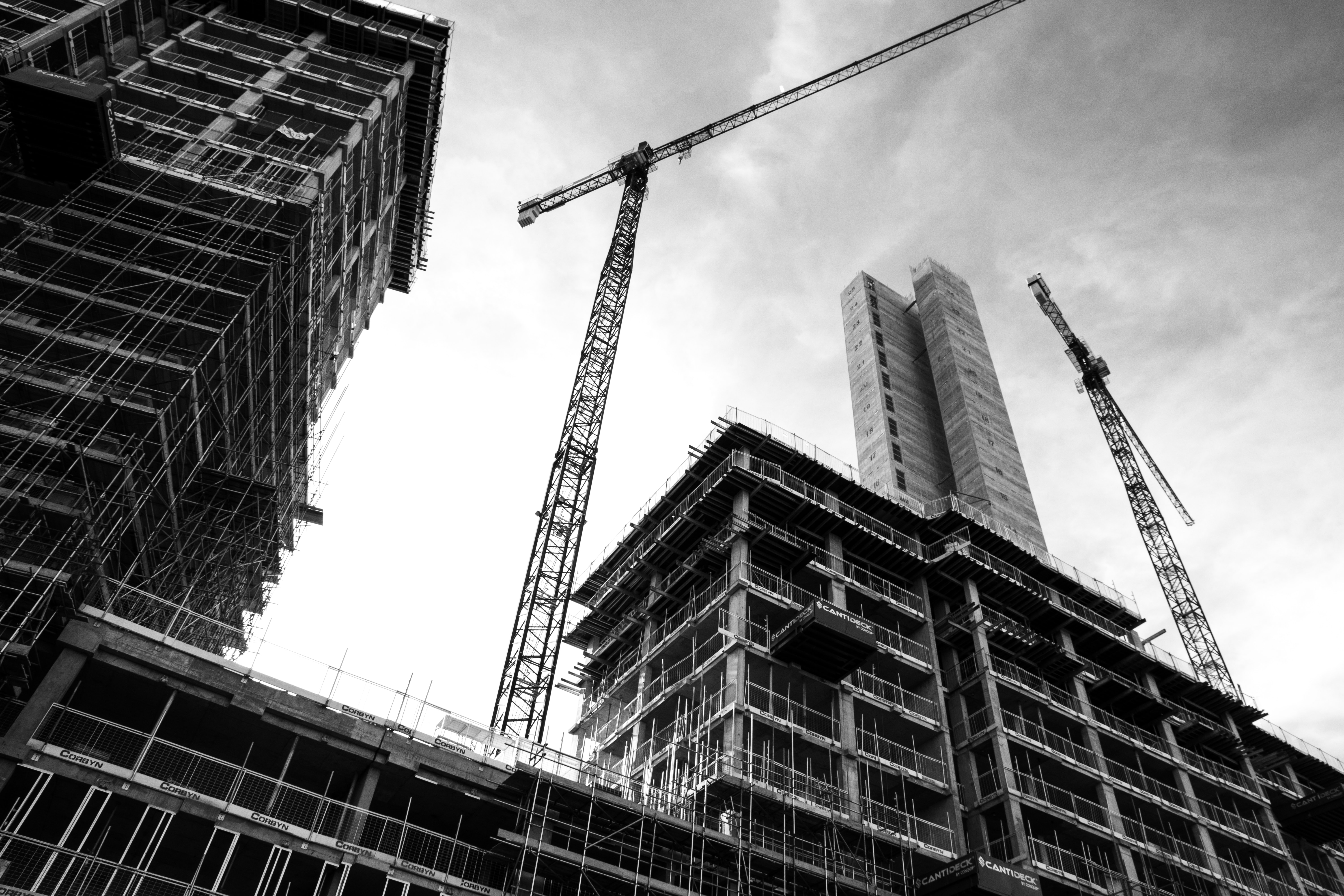Dedicated locality research platform

Transfer Development Rights and Floor Space Index are two concepts that form an integral part of the real estate industry. Both are related to property and the amount of construction a builder can do on it. Both are cut from the same cloth and somewhat satisfy similar agendas, but assuming they are substitutes for each other is a mistake. As a buyer, it is helpful to be cognizant of the differences, to be able to correctly evaluate your investment. Let's understand both concepts in detail, by starting with the more fundamental and perhaps easier one.
Floor Space Index (F.S.I)
The Floor Space Index is the maximum permissible floor area that a builder can build on a particular plot/piece of land. To understand this in simpler terms, FSI is the ratio of building floor-covered area to the total area available on the land. The Floor Space Index is also known as the Floor area ratio.
Formula:- Total Area of the building/ Total area of the plot
Or
FSI × Plot Area = Built-up Area
Example: A simple example of this would be, if a plot of land measures about 500 square meters, and the permissible FSI according to your district/state is 2, then
PLOT OF LAND = 500 square metre
FSI = 1
Total area that can be built = 500 X 2 = 1000 square metre. The construction of 1,000 square meters will be allowed on this plot. Further, if the builder plans to make it a 5-storey building, each storey’s size will be 1000/5 = 200 square meters.
There is another linked concept called Fungible/Premium FSI which is the additional floor area developed by the builder over and above the FSI limit set by the government. If a developer wants to construct anything beyond the permissible FSI limit given by the authorities and increase the built-up area, he will have to purchase that additional piece of land space from the city authorities. A lot of factors determine the FSI rates in a particular place, amount, and cost of Permissible Fungible FSI, but for the sake of simplicity, let's leave this here and shift towards Transfer of Development Rights.
Transfer of Development Rights (TDR)
When the Government undertakes compulsory acquisition of individual land parcels for the creation of infrastructural projects, it is required to compensate the landowners. The compensation provided by the Government is usually lower than the market rate, and hence they introduced the concept of Transferable Development Rights. These rights are obtained in the form of certificates, which the owner can use for himself or can trade in the market for cash.
It means making available a certain amount of additional built-up area in lieu of the area relinquished or surrendered by the owner of the land so that he/she can use the extra built-up area either themselves or transfer it to another in need of the extra built-up area for an agreed sum of money.
Example: Person A lives in a building, whose approximate area is 500 square meters. The FSI set by the government for that Area is 1.5. The government decides to widen the road that adjoins that building, for which, it might need to borrow a portion of Mr. A’s land. It decides to ask for 100 square meters from Mr. A’s building from the side which touches the road. Since land rates are high in Mumbai, and most compensation given by the government is low, both parties agree to exchange a TDR for the land. In this case, Mr. A gets the right to develop an additional piece of land without paying for it because of the Developments Right Certificate given to him by the government.
How much additional land can Mr. A develop?
TDR = Land surrendered x FSI
= 100 sq metre x 1.5
= 150 sq metre
Therefore, Mr. A now has the right to develop an extra 150 square meters, without paying for it.
This can be used in roughly 3 different ways: -
How does a landowner benefit from TDR?
The concept of TDR benefits all parties involved. It makes the acquisition of land easy because the Government body doesn’t have to purchase the land, it can simply give the TDR to the landowner, thereby making the process faster, efficient and negating the transfer of money. It provides the flexibility of choosing to either increase development on the existing property or use it for another property, without paying extra. Further, TDR is tradable in the open market. Should the landowner not want to develop extra land somewhere else, he/she can directly sell the Rights to a builder interested in it.
TDR and FSI aren’t the same concepts. The right way to define their relationship is that they co-exist in the Real Estate and Land development Ecosystem. Both require each other to fulfill their maximum potential. The only disadvantage of land and construction of the property is the problem of immovability, which TDR aims to solve through its flexibility. Development rights can only be passed or sold in measurements that require FSI. Hence, they go hand in hand.
“Views expressed are the views of Propscience.com. Any action taken based on the views will be the responsibility of the user alone”